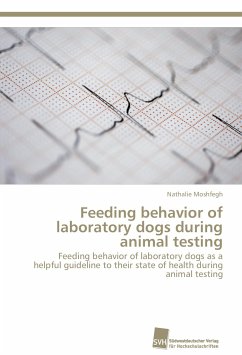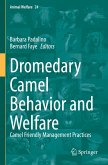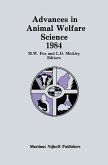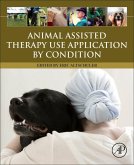The collection and analysis of food consumption data is widely used as a parameter to monitor the health status of animals, especially in rats, in a variety of areas. However, the feeding behavior in laboratory dogs has not been described in detail and there is only little literature available in the public domain. The aim of this study was to determine the normal feeding behavior of untreated laboratory dogs during the pretest period and to create a feeding profile for comparison with the main study phase. Observations were made that identified any modified patterns of feeding behavior, which can be a helpful guideline for the dogs' state of wellness, especially if no other symptoms are present. Sixteen two to four-week oral toxicity studies with a four-week recovery period over the last three years were analyzed. In general, deviations were seen from the normal feeding pattern, especially in the high dose group and sometimes even in lower dose groups regardless of the presentation of other clinical symptoms. Overall, the results of this study show, that the feeding behavior of dogs is a helpful and sensitive tool to evaluate the health status of laboratory dogs.
Bitte wählen Sie Ihr Anliegen aus.
Rechnungen
Retourenschein anfordern
Bestellstatus
Storno








